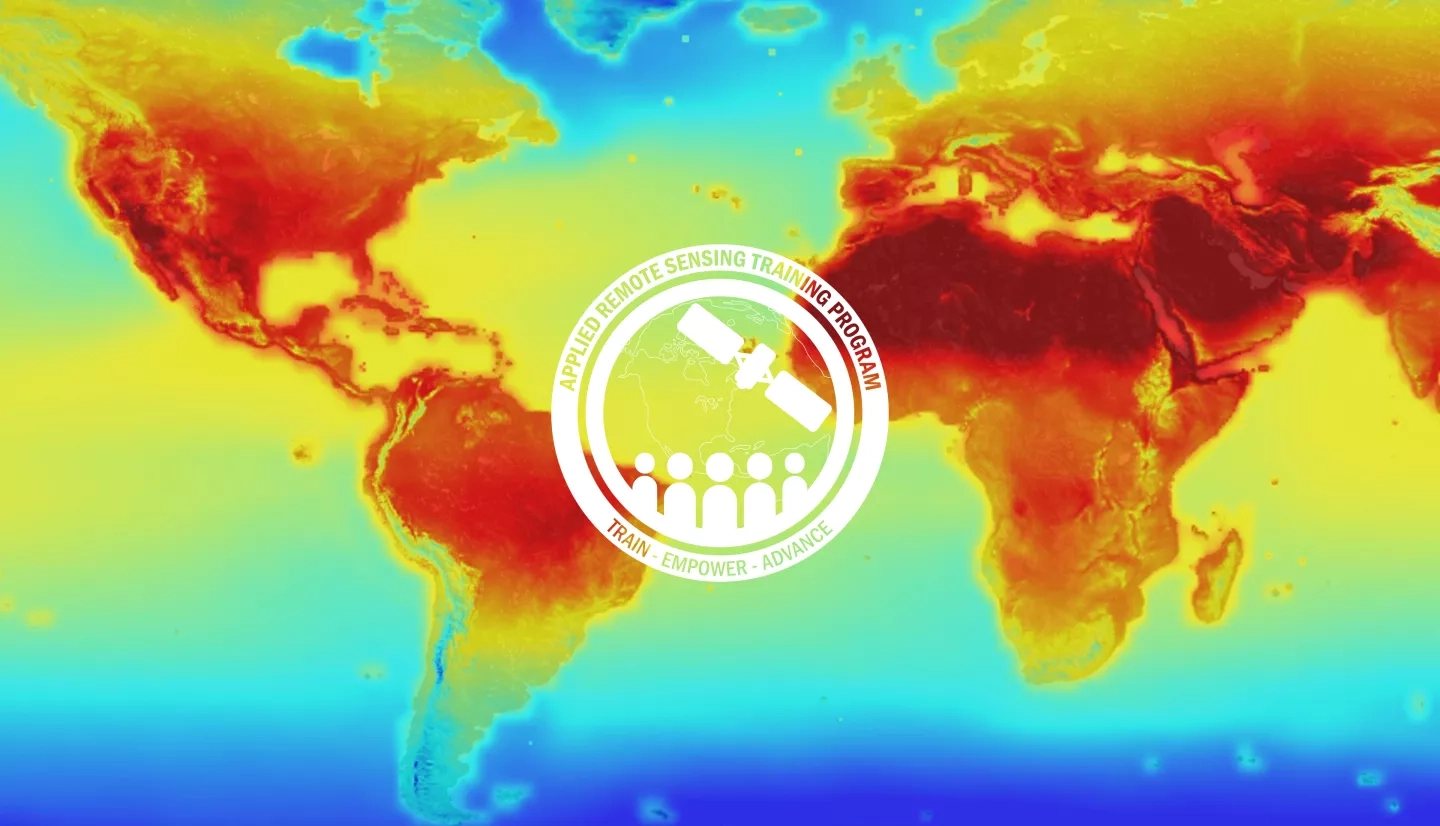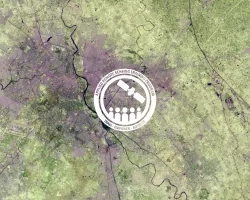Description
Since the pre-industrial period, human activities are estimated to have increased Earth’s global average temperature by about 1.1 degree Celsius (IPCC, 2021), a number that is currently increasing by 0.2 degrees Celsius per decade (GISTEMP Team, 2021). The increase in global average temperature is driven by increased carbon dioxide emissions into the atmosphere and other human activities (IPCC Sixth Assessment Report, 2021).
Scientists use observations from the ground, air, and space, along with theoretical models and scenarios of future emissions, to monitor and study past, present, and future climate change. Climate data records provide evidence of climate change key indicators such as global land and ocean temperature increases; rising sea levels; ice loss at Earth’s polar regions and in mountain glaciers; frequency and severity changes in extreme weather such as hurricanes, heatwaves, wildfires, droughts, floods, and precipitation; and cloud and vegetation cover changes, to name but a few. This climate information is a fundamental basis for mitigation, adaptation, and risk management planning in all parts of the world and across many elements of society and ecosystems.
This two-part, introductory webinar series, co-produced by ARSET and the NASA Goddard Institute for Space Studies (GISS), will provide an overview of NASA resources for monitoring climate change and its impacts. The webinar will define the terminology and the role of Earth observations in climate change assessment, and then provide an overview of NASA climate models suitable for emissions policy, impacts, risk, and resilience applications.
- Fundamentals of Remote Sensing, Session 1, or have equivalent experience
After participating in the training, attendees will be able to:
- Explain the difference between weather and climate
- Recognize the main components relevant to climate change decision making
- Identify how Earth observations are used in climate change assessment
- Summarize different types of climate information across time scales
- Discuss how models can be used for climate change adaptation planning
This training is primarily intended for local, state, federal, and international entities, including public and private sector organizations, wanting to integrate NASA Earth observations and modeled data for considerations into their climate change-related work in different sectors. The training will introduce the data, tools, and knowledge needed to manage climate-related risks and opportunities.
- Two 2-hour parts
- Those who attend one of the live sessions on each day and complete the homework will receive a certificate of attendance.
Speakers: Sean McCartney & Amita Mehta
- Introduction to the main components relevant to climate change decision making
- The role of Earth observations in climate change assessment
- Monitoring climate change impacts using NASA data
Materials:
Speakers: Alex Ruane & Daniel Bader
- Climate simulation - overview of CMIP6 and NASA climate models
- Different types of climate information across time scales
- How climate projections and sectoral models (e.g., crop models) support adaptation planning
- Importance in recognizing uncertainty across models
Materials:



